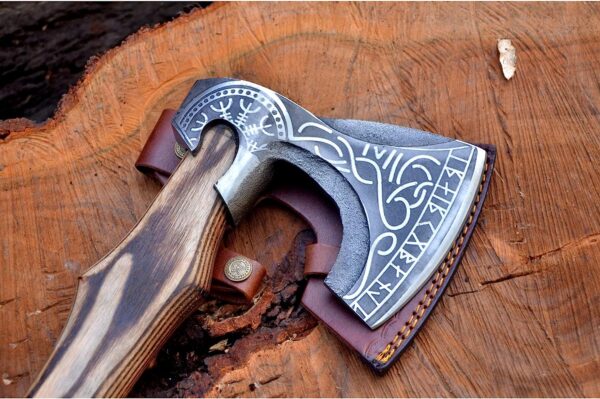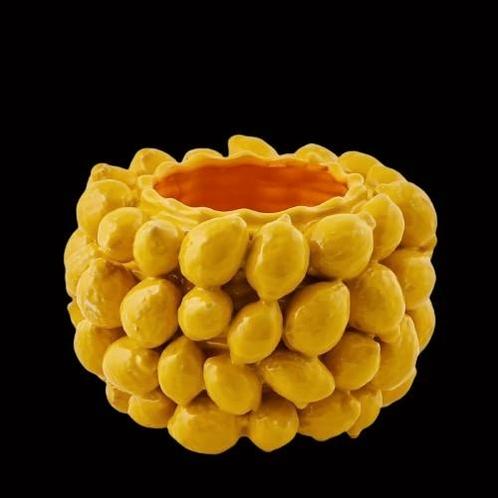Mastering the Swing: A Beginner’s Guide to Viking Axe
For beginners seeking to immerse themselves in the art of forging, mastering the swing of an axe is a fundamental and exhilarating endeavor. This guide aims to equip novices with essential knowledge and techniques to embark on this remarkable journey. The art of hand forging axes dates back centuries, with the craft evolving and refining over time. To begin this transformative experience, one must first understand the basic components of an axe. The axe head, usually crafted from high-quality carbon steel, serves as the heart of the tool, with its blade edge primed for efficient wood-cutting prowess. The handle, typically fashioned from hickory or ash, embodies the connection between the smith and the tool, transmitting power and control from one to the other. With this intimate understanding of the axe’s anatomy, novices can approach the forging process with reverence and purpose.

Before the sparks fly and the hammer strikes, ensuring proper safety measures is paramount. Wearing suitable protective gear, such as heat-resistant gloves, safety glasses, and a leather apron, shields the body from potential hazards. Additionally, setting up a well-ventilated and organized workspace prevents accidents and facilitates focus during the forging process. A stable and sturdy anvil, complemented by various hammers and tongs, becomes the smith’s instruments of creation. Prioritizing safety guarantees a fulfilling and secure experience for all aspiring axe makers. With the forge ignited and the iron glowing orange-hot, the dance of craftsmanship begins. Heating the metal to the correct temperature, which can vary depending on the type of steel used, is a crucial skill. Utilizing an experienced eye and an attentive mind, the smith learns to gauge the color of the steel, indicating its readiness for shaping. The art of hammering, rhythmically striking the glowing metal with precise force, shapes the axe head with each skilled blow. The adept smith tempers the blade’s hardness by reheating and cooling it, ensuring a balance between durability and sharpness.
Next comes the integral marriage of the axe head and the handle, a process requiring patience and precision. Properly shaping the eye of the vikingská sekera head ensures a seamless fit with the handle, guaranteeing longevity and strength. Once securely joined, the handle receives careful shaping to achieve a comfortable grip and an optimal swing. The assembly process demands attention to detail, as even the slightest imperfection can significantly impact the final result. Having forged and assembled the axe, it is now time to bestow upon it a keen edge, elevating the tool from a mere creation to a true wood-cutting instrument. Grinding the blade edge with the right bevel and honing it to razor-sharpness completes the forging process, culminating in a moment of pride for the novice smith. However, mastering the swing of an axe is a skill that extends beyond the workshop.







